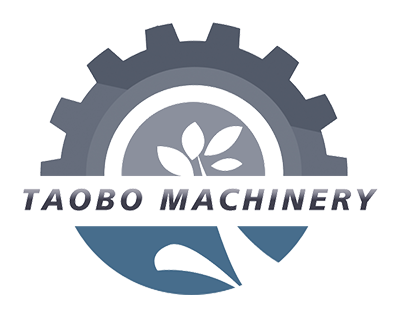The core working principle of the specific gravity machine is to utilize the difference in specific gravity of different materials (or materials and impurities) and combine the combined effects of airflow and vibration to achieve stratification and separation of materials.
Core Working Principle
Gravity Difference Separation: The equipment features an inclined sieve bed or separation table.
Airflow and Vibration: A fan generates airflow while the table vibrates at high frequency.
Stratification and Separation: Full, dense mung beans with higher specific gravity adhere to the table and move downward. Reduced, shrunken, insect-infested, and grass seeds are lifted by the airflow and moved diagonally upward, ultimately being discharged through different outlets, achieving separation.
Main Applications
Impurity Removal: Removes impurities such as dirt, sand, grass stalks, and empty shells from mung beans to improve purity.
Grade Screening: Mung beans are graded by plumpness and density to meet the quality requirements of different markets.
Pretreatment: Provides clean, uniform raw materials for further processing (such as mung bean powder and sprout production), improving the quality of subsequent products.
1. Establishing the Separation Environment: The Combination of Vibration and Airflow
After the equipment is started, two key functions occur simultaneously.
Vibration: The separation table (or sieve bed) vibrates at a high frequency and with a small amplitude. This vibration spreads the material loosely and evenly across the tabletop, slowly moving it toward the lower end.
Airflow: The fan draws air from below or to the side of the tabletop, passing through the material layer on the surface. The airflow intensity can be adjusted based on the material characteristics, ensuring it lifts lightweight materials while sparing heavy materials.
2. Material Stratification: Differences in Specific Gravity Determine Position
The combined effects of vibration and airflow naturally separate materials vertically.
Heavy materials: Examples include plump grains, beans, or sand and gravel. These materials have a higher specific gravity and are unable to be lifted by the airflow. Due to the vibration, they cling to the tabletop and preferentially move toward the lower end.
Light materials: Examples include hollow grains, insect-eaten grains, grass seeds, and dust. These materials have a lower specific gravity and are lifted upward by the airflow, remaining above the material layer. During vibration, they move toward the higher end of the tabletop, forming a distinct stratification from the heavier materials. 3. Complete Separation and Discharge: Different Outlets Collect Different Materials
The separated materials enter different pre-set outlets as the table tilts and vibrates.
Heavy materials (such as qualified grains and legumes) are discharged from the lower outlet of the table and become the target product.
Light impurities (such as empty grains and grass seeds) are discharged from the higher outlet of the table and collected as waste.
If grading is required, the equipment can be configured with multiple outlets to separate materials into different grades in descending order of specific gravity, ultimately achieving precise separation or grading.
Post time: Oct-28-2025







